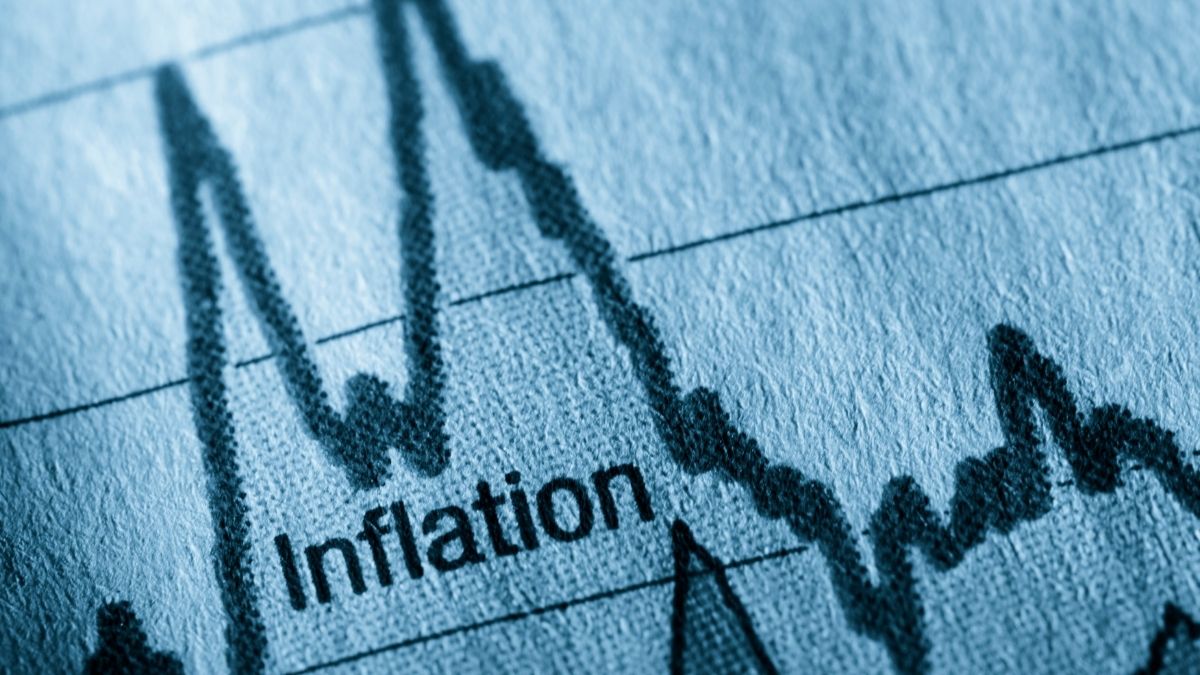India’s retail inflation for FY25 (April-December) eased to 4.9% from 5.4% in FY24, according to the Economic Survey 2024-25 tabled by Finance Minister Nirmala Sitharaman. The decline was attributed to a 0.9 percentage point drop in core inflation, primarily driven by reduced core services and fuel price inflation.
Government Measures and Food Inflation
The survey highlights key government measures in stabilizing inflation, including the strengthening of buffer stocks for essential food items and open market operations to ease imports during supply shortages. Despite these efforts, food inflation remained elevated due to certain items, especially vegetables and pulses, which contributed 32.3% of overall inflation during FY25.
Excluding these items, the average food inflation rate was 4.3%, significantly lower than the overall figure. Extreme weather events like cyclones, floods, and droughts have significantly impacted food production and prices, particularly for vegetables such as onions and tomatoes.
Inflationary Pressures and Production Constraints
Onions have experienced sustained inflationary pressure in FY24 and FY25 due to constrained supply stemming from reduced production over the past two years. Tomato prices have also remained high due to limited production regions and its perishable nature.
The survey calls for research into climate-resilient crop varieties and farmer training to boost production and reduce crop damage. India imported 7.7 lakh tonnes of tur in FY24 to address supply shortages and stabilize prices.
Outlook and Projections
Both the Reserve Bank of India (RBI) and the International Monetary Fund (IMF) project that India’s inflation will progressively align with the target of 4% by FY26. The RBI forecasts headline inflation at 4.2%, while the IMF projects 4.4% for FY25 and 4.1% for FY26.
The survey also highlights a positive outlook for commodity prices, with the World Bank projecting a 5.1% decrease in 2025, driven by falling oil prices but tempered by natural gas and stable agricultural raw material costs.
The decline in inflation, coupled with ongoing government measures and global commodity trends, is expected to further stabilize India’s inflation outlook in the coming years.


